MRI-Compatible Bioreactor for Cancer Cells
Project Overview
The purpose of staging cancer is to describe the severity and extent of the malignancy. Stage is one of the most important factors that oncologists consider when determining treatment plans and prognoses for their patients. There is a potential to use information about the metabolic state of cancer cells to characterize their stage. One way to follow this metabolism noninvasively is to implement magnetic resonance imaging (MRI) to track hyperpolarized carbon-13 labeled pyruvate as the cells break it down. We aspire to create a bioreactor that will permit a cell scaffold containing malignant cells to be imaged by an MRI scanner. This system will be supplemented with equipment capable of flowing the necessary gases and substances through it for testing.
Team Picture

Images
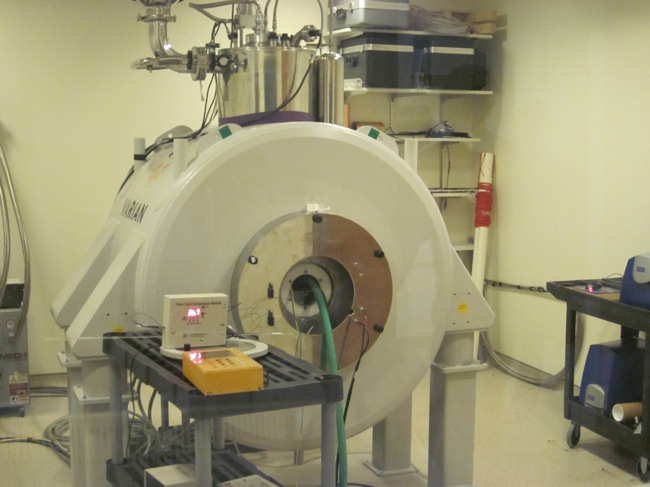
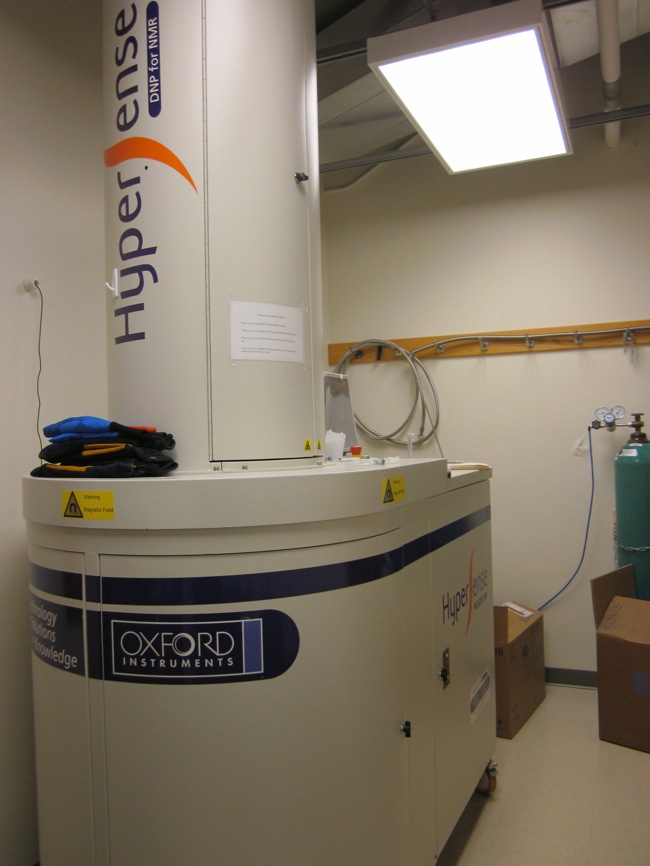
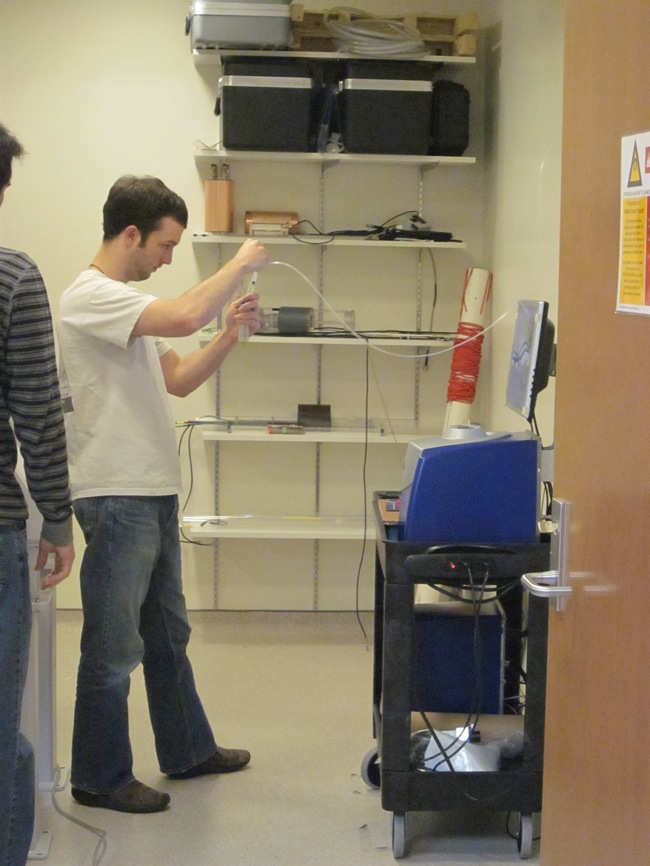
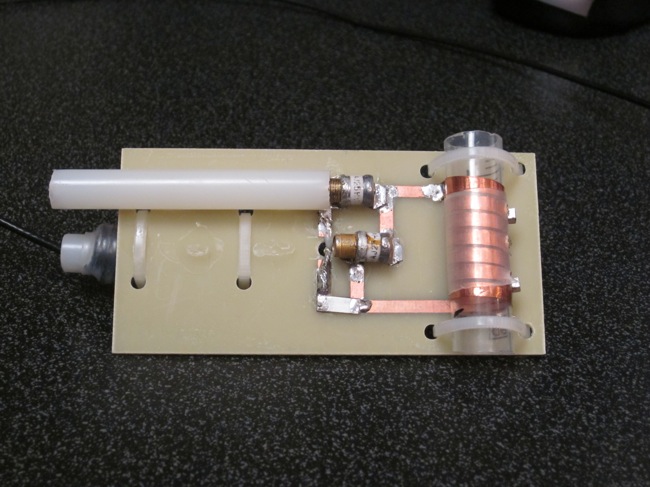
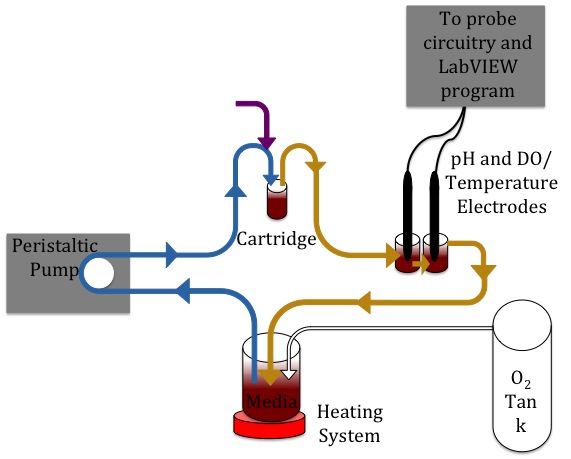
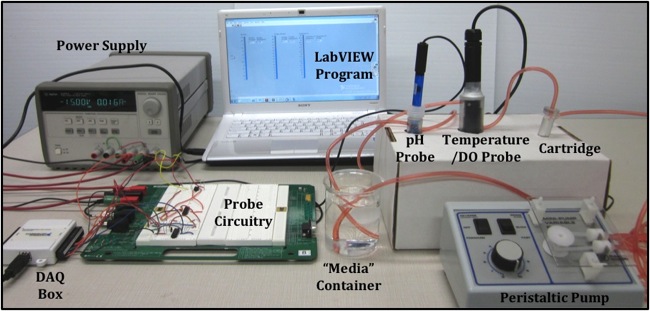
Files
- Poster (April 27, 2011)
- Product Design Specifications (May 3, 2011)
- Final Report (May 3, 2011)
- Midsemester Presentation (March 3, 2011)
- Midsemester Report (March 9, 2011)
Contact Information
Team Members
- Jeffrey Hlinka - Team Leader
- Samantha Paulsen - Communicator
- John Byce - BSAC
- Sarah Reichert - BWIG
Advisor and Client
- Prof. Brenda Ogle - Advisor
- Sean Fain - Client
